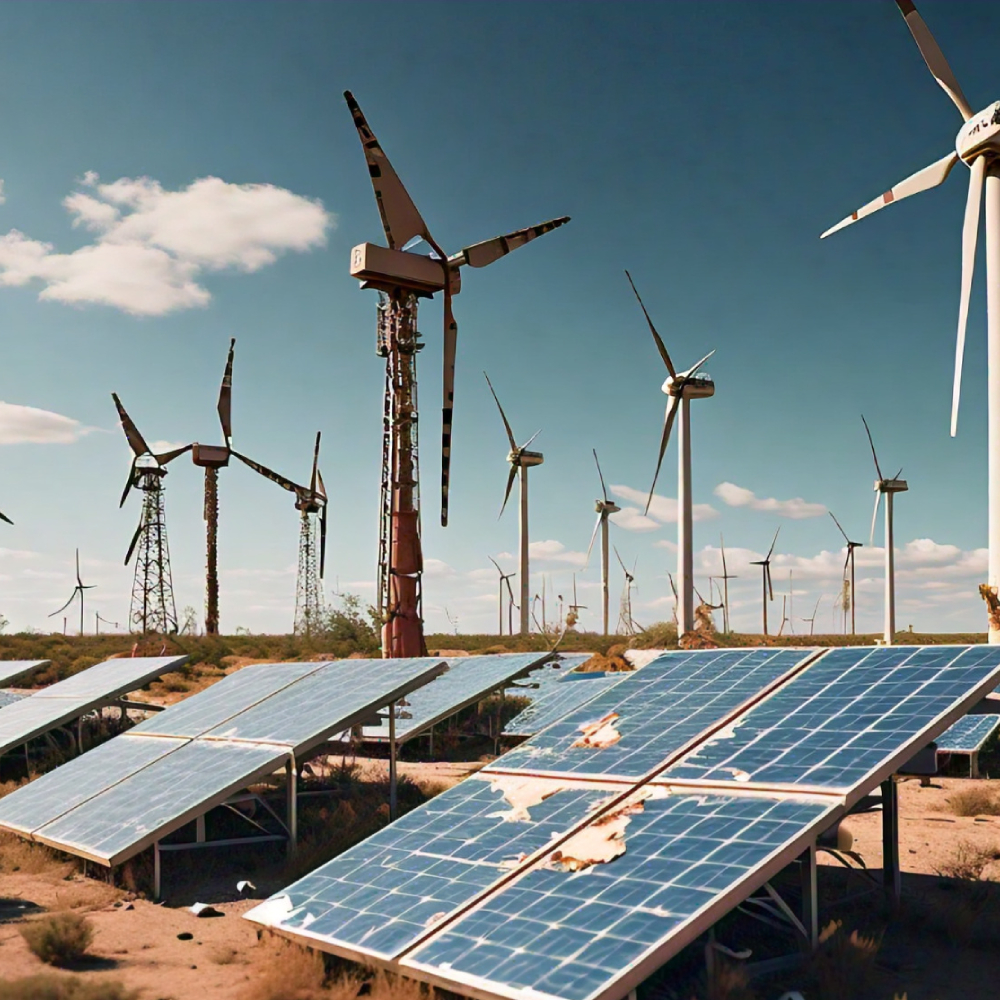
In every heavy industry, there is unfortunate and irredeemable environmental crime dating back to the Industrial Revolution. While most of the bad behavior has been remedied during the past 50 years thanks in no small part to the Clean Air Act of 1963 and the Clean Water Act of 1972, bad environmental behavior still occasionally appears. Sometimes, we can forecast environmental issues based on historical behaviors.
On a recent trip through Colorado where I visited numerous ghost towns and related mining operations, I was struck by the fact that when mines became uneconomic, the local population would leave. Mine owners simply walked away and left behind unsafe industrial and environmental wreckage that plagues the landscape more than a century later.
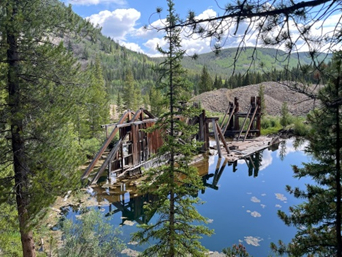 |
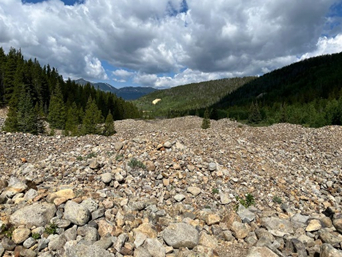 |
The National Park Service counts 2,500 abandoned mines on public lands and the Mineral Policy Center counts as many as 560,000 abandoned mines in the US on public and privately owned lands (Wikipedia Mines). Similarly, the Government Accountability Office estimates that 2.1 million unplugged abandoned oil wells exist in the United States.
The Infrastructure Investment and Jobs Act, also known as the Bipartisan Infrastructure Law, was signed into law in November 2021 and provided $4.7 billion to properly plug and abandon orphan wells and some mines (Wikipedia). Clearly, the mineral extraction industries, dating back to the 19th century, were not always good stewards of the environment.
That said, these industries became environmentally conscious due to social pressures, federal, state, and local regulations and enforcement, and a desire by most companies to be good citizens as part of their corporate culture and identity.
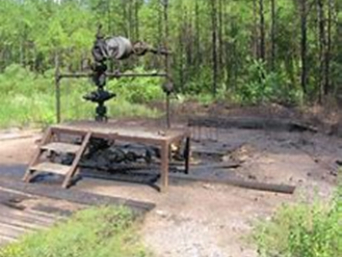 |
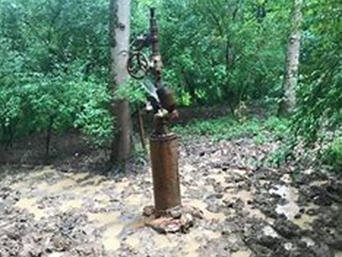 |
The environmental discussion gets interesting, however, when environmentalist-approved “green” energy technologies such as wind and solar farms are considered.
As of January 2022, the US Wind Turbine Database contained more than 70,800 turbines that had been constructed since 1980 in approximately 1,500 wind power projects spanning at least 44 states, Puerto Rico, and Guam (USGS Wind Turbines).
There are thousands of solar projects in operation or development in the US that produce approximately 37,000 megawatts (MW) of power with another 112,000 MW under development – equating to approximately 149,000 MW (Solar Power). This solar power requires an estimated 5,882 solar panels per MW (MW Generation) or a total of about 818 million solar panels.
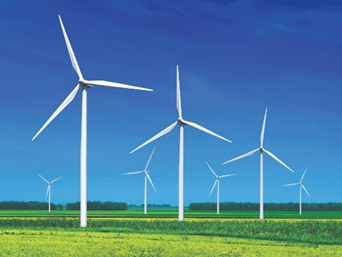 |
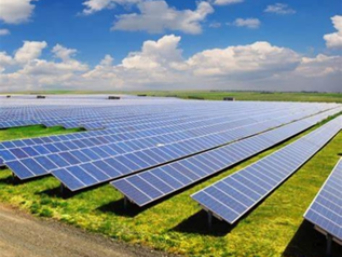 |
Solar and wind farms are expected to last 20 to 25 years before they require replacement or decommissioning. Given that these energy assets are often privately owned via limited liability companies and not by regulated utilities, what will happen when they are no longer producing electricity?
Various estimates on the disposal of wind turbines and solar panels exist and it appears that the disposal cost per turbine is currently at least $400,000 (Turbine Disposal). The disposal cost per solar panel is currently estimated to be $58 (Solar Panel Disposal). Simple arithmetic indicates that the disposal of wind turbines and solar panels now operating or planned will be $28 billion and $47 billion, respectively.
While many of these wind and solar farms are currently owned by companies with strong credit, there is a long and ugly record of companies with high credit ratings losing their financial strength over time. There is also a long and ugly record of companies with strong credit ratings selling off assets and subsidiaries with large liabilities to entities with limited financial resources and poor credit.
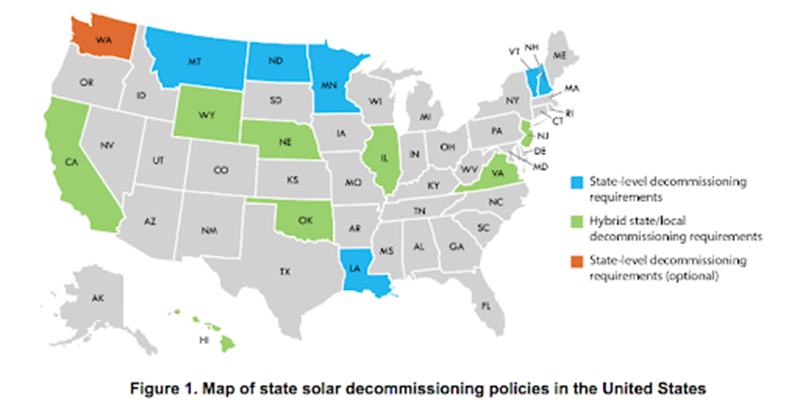
Prefunded disposal trust funds are not generally required for wind or solar farms. History suggests that in 10-20 years we will see a massive call for funding to dispose and replace wind turbines and solar panels. History also suggests there is a high probability that at the end of days for existing and planned turbines and solar panels, owners of these assets may mimic their historical energy and mineral extraction cousins and leave them to rot in place — becoming essentially tomorrow’s orphaned oil and gas wells and mines.
The likelihood of a future of abandoned turbine and solar farms is increased by the unreliable political nature of tax credits and mandates that have driven wind and solar development in recent years. Requiring either prefunding or a sinking fund for disposal of these green energy assets would be a good idea.
This essay is the fifth of a planned series from Thomas Kalb, energy expert and Director of the Coastal Bend Midstream Program at Texas A&M University-Corpus Christi, examining issues, policies, and considerations impacting how we produce and use energy.
Let’s Clear the Air has received permission to publish this article on behalf of Thomas J. Kalb.
Share This
